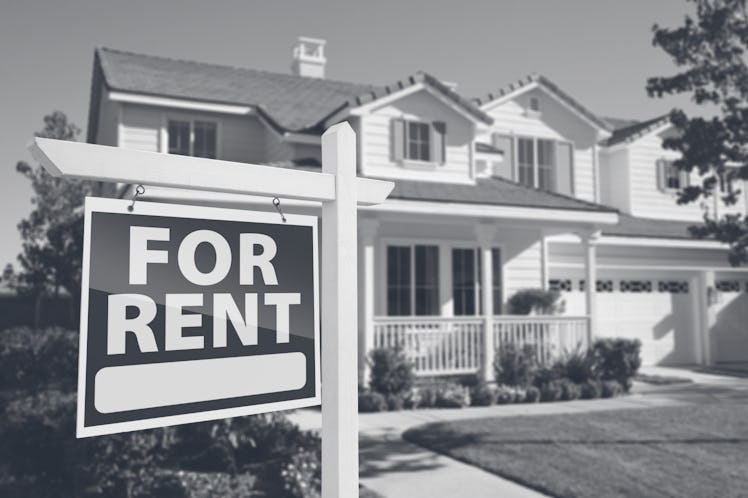Report: Some Cities See Rent Hike By 30% Or More
Year-over-year rent price increases remain out of control in most cities.

The cost of covering a family’s most basic needs has been climbing. Though last month showed inflation slowing, and the cost of gas continues to drop below inflationary highs, the cost of other basic needs — from mortgages to groceries — means that American families are still feeling the squeeze. A new report from Zumper, a real estate website for renters and home owners, highlights another startling statistic for renters: Some cities have seen up to a 60% increase in the cost of monthly rent compared to last year.
As part of its National Rent Income Report, Zumper looks at more than one million active listings across the country to calculate the median asking rent for the most populated cities. Doing so gives a “comprehensive view of the current state of the market,” and their latest report highlights just how hard people have been hit by skyrocketing rent prices.
Just how bad is the rent crisis?
The median national rental cost for a one-bedroom apartment rose 11.8% over last month’s record high, which now sits at $1,486 per month. More than half of cities across the country are now showing double-digit percentage jumps in rent cost; several cities are over 30%, and some are as high as 60%.
The report also indicates that there were only two cities where one-bedroom rental prices dropped: Des Moines, Iowa, is down 12% over last year, and Cleveland, Ohio is down 5.4%.
For two-bedroom apartments, rent in Des Moines went down by 8.6%, in Rochester, New York by 5.5%, in Cleveland by 5.2%, in Madison, Wisconsin by 2.7%, and in Gilbert, Arizona by 1.1%.
New York City holds the top spot for the priciest rental increases. The median rent for a one-bedroom is up 39.9% year-over-year. To rent a two-bedroom, expect to shell out 46.7% more than last year. “Price increases are especially drastic in Brooklyn, where two-bedrooms are up 61% year-over-year,” the Zumper report states.
This matters because realistically, families are more likely to rent a two-bedroom apartment, minimum. And in many cases, two-bedroom rentals have seen even higher costs from last year than one-bedroom rentals.
Cities where two-bedroom rentals saw the biggest year-over-year jump:
- New York, NY, with an average rent of $4,400, up 46.7%
- Miami, FL, with an average rent of $3,410, up 37.5%
- Knoxville, TN, with an average rent of $1,550, up 36.0%
- Seattle, WA, with an average rent of $2,810, up 32.5%
- Greensboro, NC, with an average rent of $1,160, up 31.8%
- Louisville, KY, with an average rent of $1,280, up 29.3%
- Tampa, FL, with an average rent of $2,040, up 28.3%
- Indianapolis, IN with an average rent of $1,270, up 27.0%
- Nashville, TN, with an average rent of $1,900, up 26.7%
- Albuquerque, NM, with an average rent of $1,300, up 26.2%
Cities where two-bedroom rentals saw the lowest year-over-year jump:
- Kansas City, MO, with an average rent of $1,200, which saw no change
- Portland, OR with an average rent of $1,800, up 2.3%
- Sacramento, CA, with an average rent of $1,920, up 2.7%
- Shreveport, LA, with an average rent of $830, up 3.8%
- Philadelphia, PA, with an average rent of $1,770, up 4.1%
Cities where rent for two-bedroom rentals dropped:
- Des Moines, IA, with an average rent of $960, down 8.6%
- Rochester, NY, with an average rent of $1,200, down 5.5%
- Cleveland, OH, with an average rent of $1,270, down 5.2%
- Madison, WI, with an average rent of $1,450, down 2.7%
- Gilbert, AZ, with an average rent of $1,870, down 1.1%
What does this all mean? “Current asking rents are simply out of reach for many Americans, especially young people,” Zumper CEO Anthemos Georgiades said of the report. “We’ve seen Zumper users sacrifice on space, location, amenities, and roommates for years; more recently, we’ve noticed some are getting creative as they search for an affordable home. Many renters are turning to short-term rentals to fill a temporary gap in housing, especially if they can’t afford hefty deposits and move-in fees.”
This article was originally published on